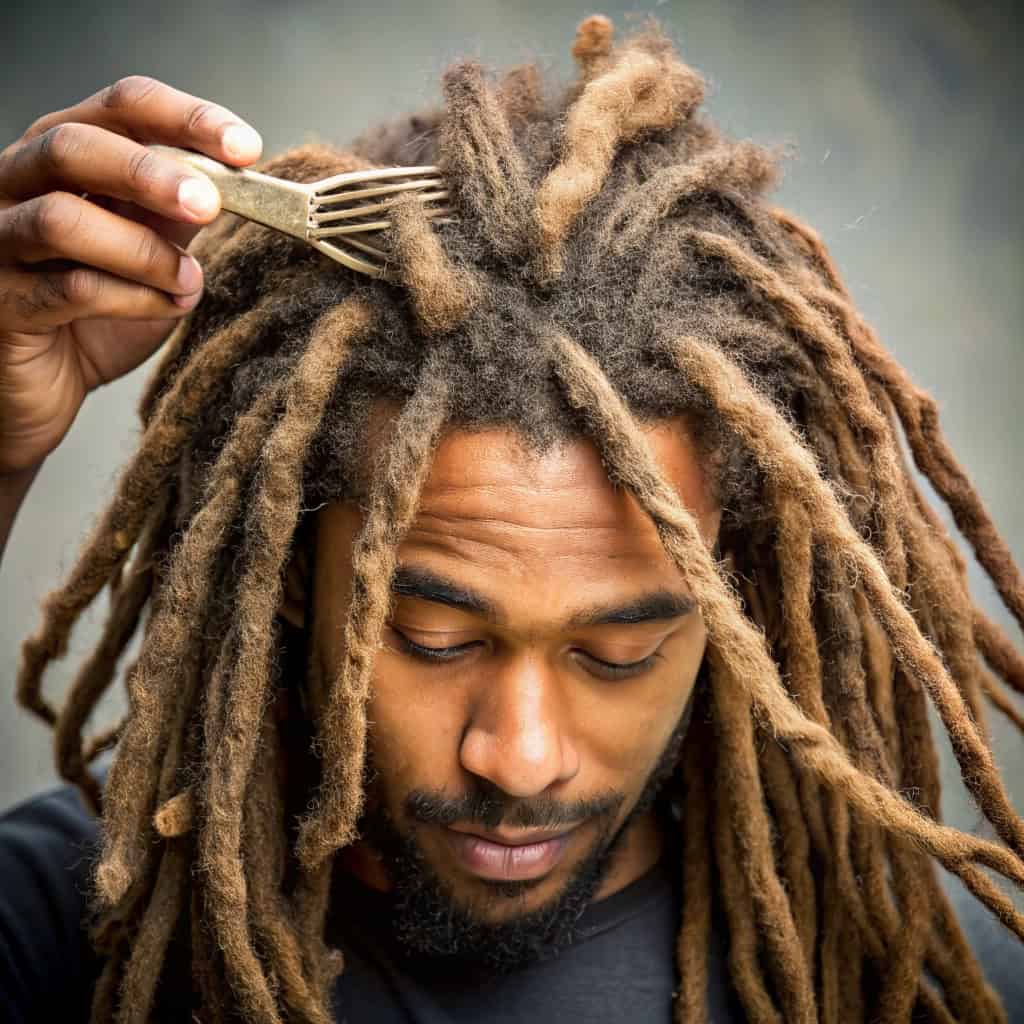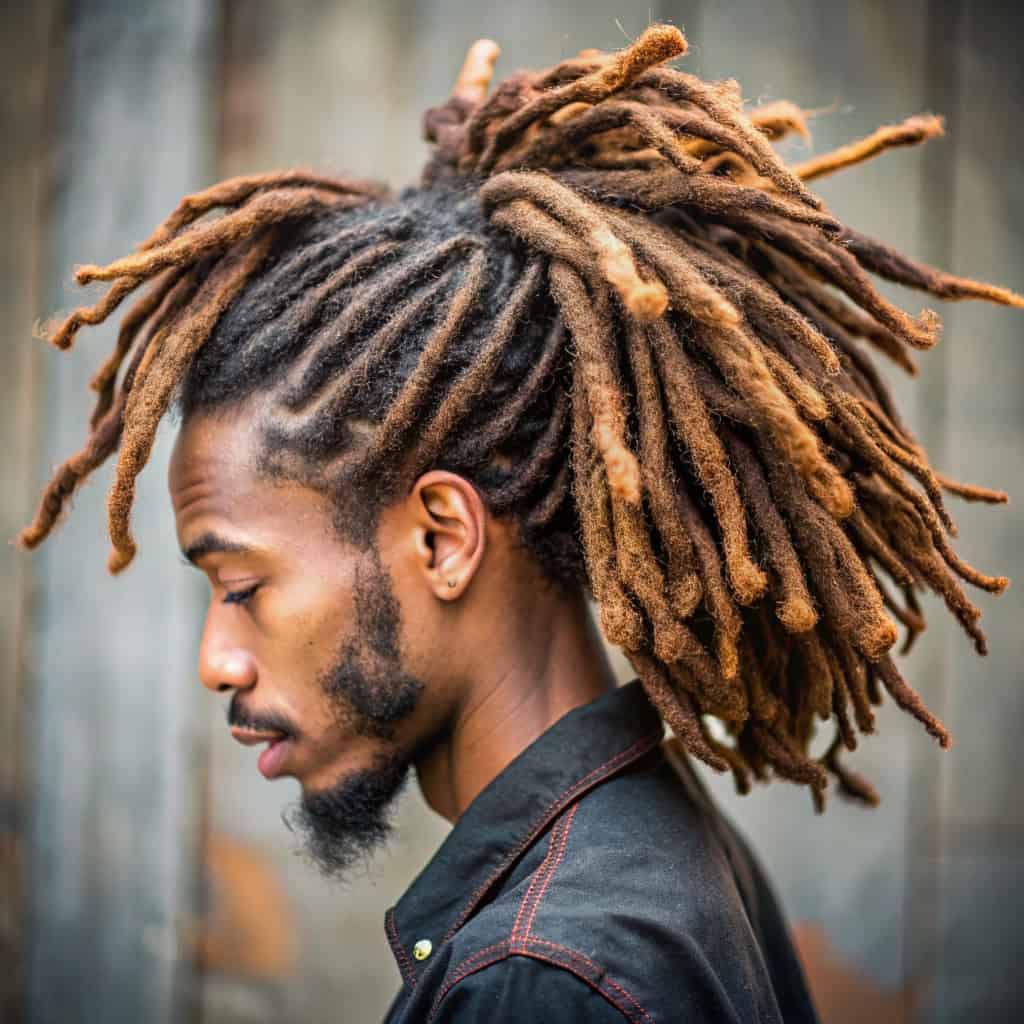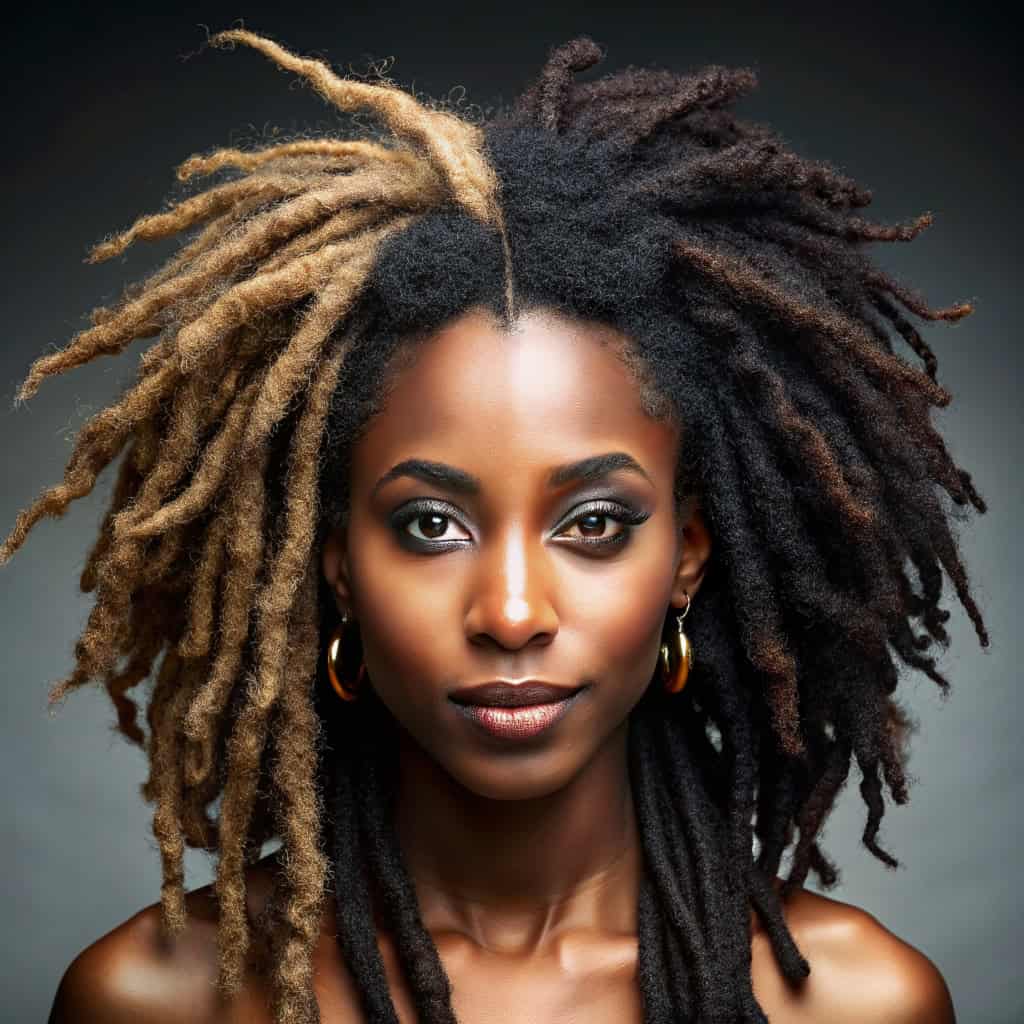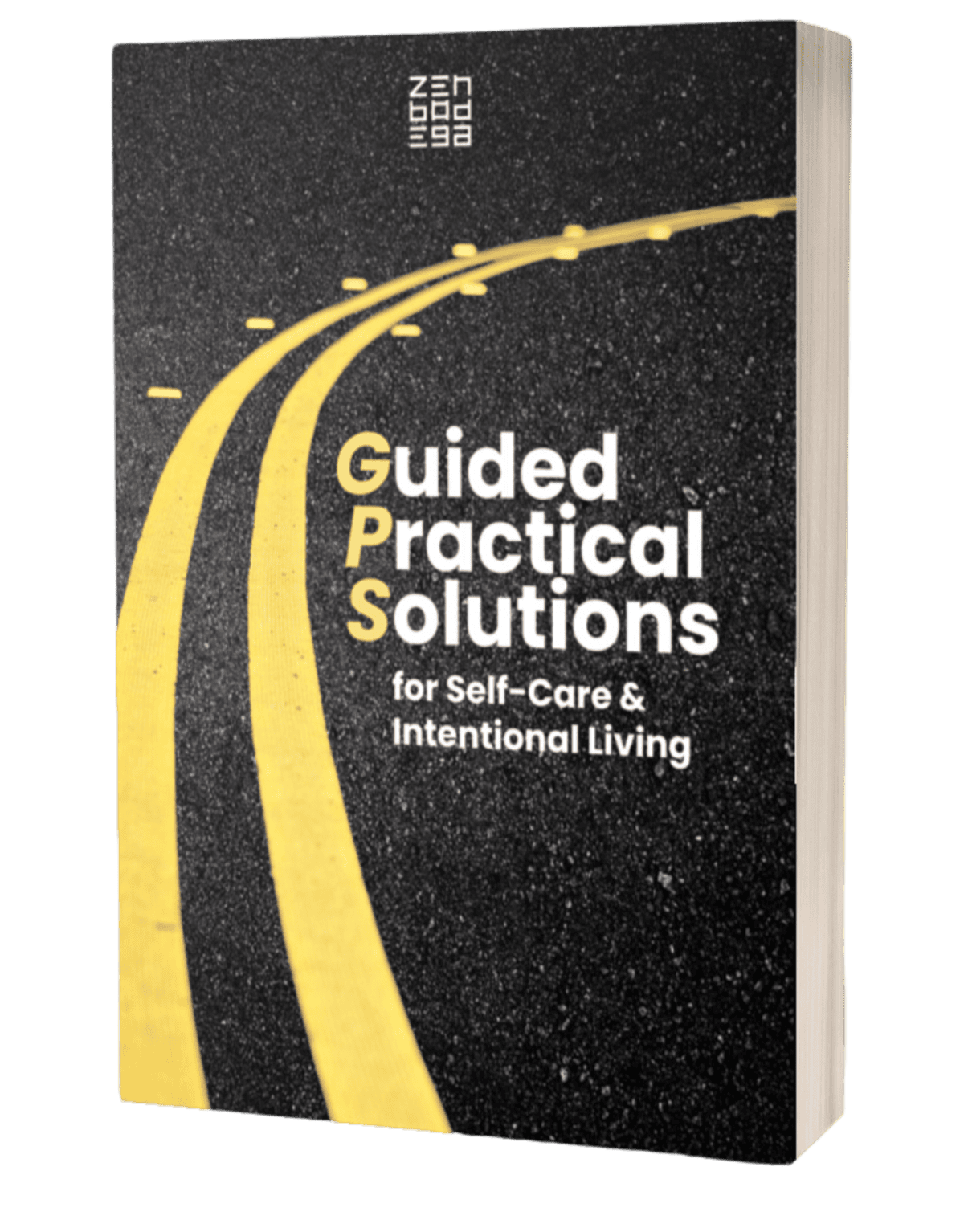How To Grow Dreadlocks
Dreadlocks mean a lot of different things to different people. For some, they are a special part of their spiritual or religious life; for others, they show off their unique style and personality.
No matter why you choose them, dreadlocks are a great way to show who you are. It’s important to start this journey with confidence and the right information.
Preparing for Dreadlocks: What to Consider
Before you commit to dreadlocks, consider these essential aspects to ensure they align with your lifestyle and personal commitments:
- Time Commitment: Making dreadlocks is a gradual process, not an overnight transformation. Patience is key.
- Workplace Acceptance: Confirm whether your workplace is dreadlock-friendly to avoid any professional setbacks.
- Understanding Your Hair Type: Different textures can affect the dreadlocking process and dictate the most effective methods.
- Maintenance Routine: Proper care is crucial. Healthy dreadlocks are well-maintained dreadlocks.
- Lifestyle Compatibility: Ensure that the maintenance and styling requirements fit comfortably within your daily routine.
Common Methods for Starting Dreadlocks:
Twist and Rip:

-
- Best for: Medium to coarse hair textures.
- How it works: This method involves sectioning the hair and twisting it before gently ripping the sections apart to create knots. It’s a popular method because it can be done at home and provides a natural look.
Backcombing:

-
- Best for: Fine to medium hair textures.
- How it works: Using a fine-tooth comb, the hair is teased towards the scalp to create tangles that form the base of the dreadlocks. This method is effective for hair that doesn’t naturally hold knots well.
Interlocking:

-
- Best for: All hair types, particularly effective for kinky and curly hair.
- How it works: A tool or your fingers are used to pull the ends of the hair through the root to tighten and lock the hair. This method creates a secure and tight base, ideal for maintaining neat dreadlocks.
Palm Rolling:

-
- Best for: All hair types.
- How it works: After sectioning the hair, each section is rolled between the palms to encourage the hair to mat together. This technique helps to smooth the dreadlocks and reduce frizz, making it a good maintenance method as well.
Freeform (Natural):

-
- Best for: Kinky and curly hair textures.
- How it works: This method involves allowing the hair to lock and mat naturally without much manipulation. It’s a low-maintenance option that results in a unique and organic appearance.
Factors to Consider When Choosing a Method:
- Hair Length: Short hair may benefit more from backcombing or twist and rip methods, while longer hair might find palm rolling or interlocking more effective.
- Desired Look: Consider whether you want uniform, neat dreadlocks or a more freeform, natural style. This can influence your choice of method.
- Maintenance Level: Some methods require more frequent maintenance than others. Interlocking, for example, may need less frequent touch-ups compared to backcombing or twist and rip.

- Professional vs. DIY: Decide if you want to start your dreadlocks yourself or seek professional help. Some methods, like interlocking, might be easier with a professional’s assistance, especially if you’re new to dreadlocks.
Debunking Common Dreadlocks Myths
Let’s clear up some widespread myths about dreadlocks:
- Myth: Dreadlocks are unclean. Truth: Dreadlocks thrive on cleanliness; regular washing is essential for healthy dreads.
- Myth: You cannot wash dreadlocks. Truth: Absolutely false. Washing is crucial and perfectly feasible.
- Myth: Neglect is the best method for forming dreadlocks. Truth: Intentional methods are recommended for forming and maintaining healthy dreads.
- Myth: Only certain ethnicities can sport dreadlocks. Truth: Dreadlocks are a universal hairstyle that anyone can embrace.
- Myth: The only way to remove dreadlocks is to shave your head. Truth: There are various methods to remove dreadlocks while preserving your hair.
Conclusion
Growing dreadlocks is a journey of personal expression that needs careful thought about how to start and take care of them. Whether you wear dreadlocks as a spiritual symbol, a cultural tribute, or just to show your unique style, it’s important to know what’s involved.
Clearing up common misunderstandings and choosing the right method and care routine can help ensure that your dreadlocks are a healthy and proud part of who you are. Start this path with knowledge and confidence, and your dreadlocks will beautifully reflect your identity and commitment.




